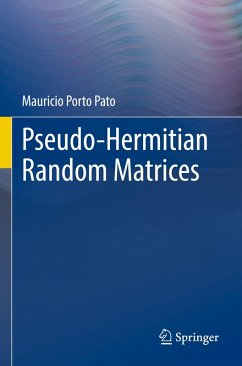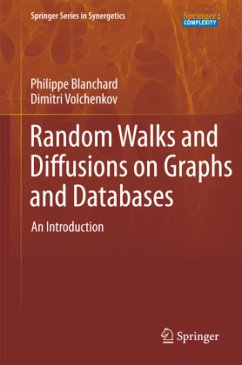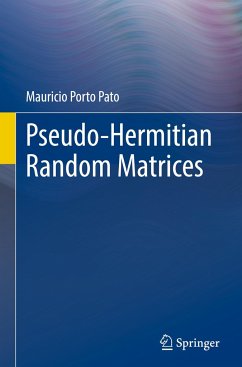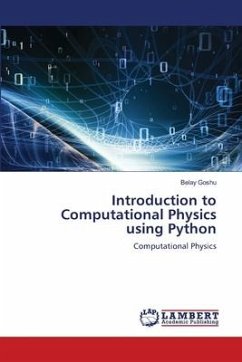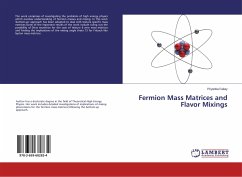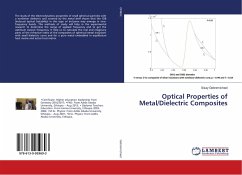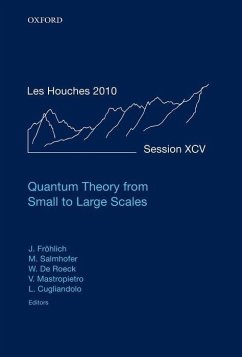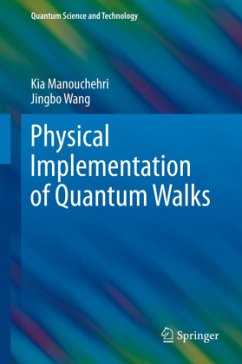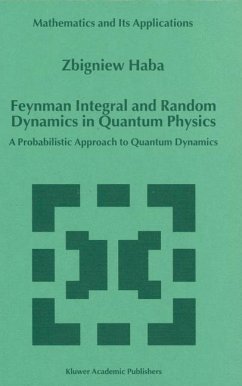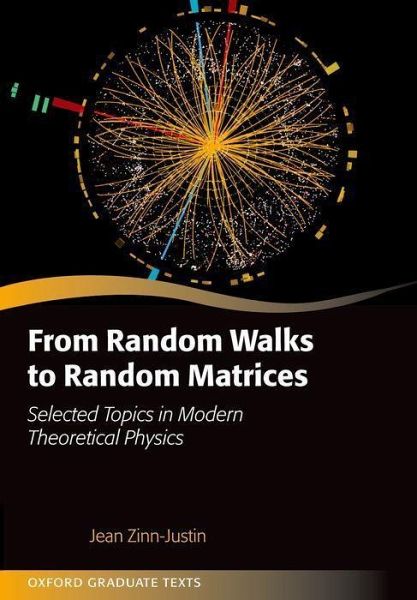
From Random Walks to Random Matrices
Versandkostenfrei!
Versandfertig in über 4 Wochen
103,99 €
inkl. MwSt.
Weitere Ausgaben:

PAYBACK Punkte
52 °P sammeln!
The book presents a collection of short, self-contained introductions to important topics in modern theoretical physics, as presented at universities worldwide in seminars (some in colloquium style) and short courses.




